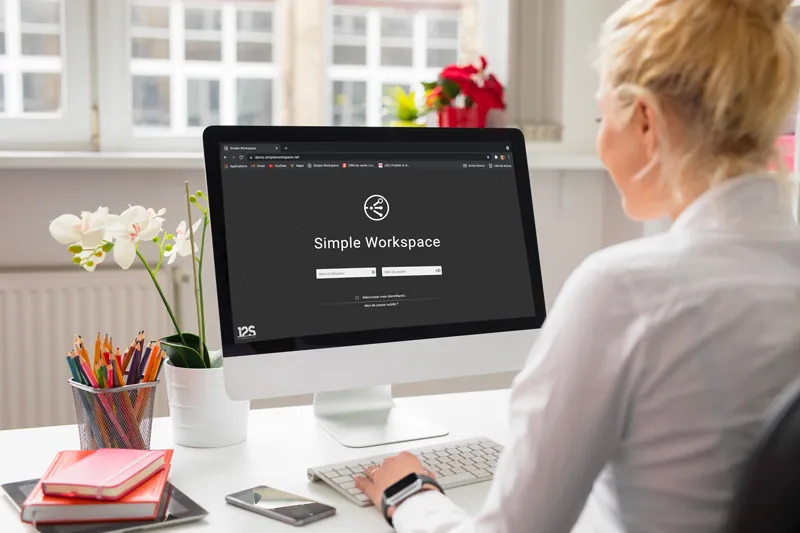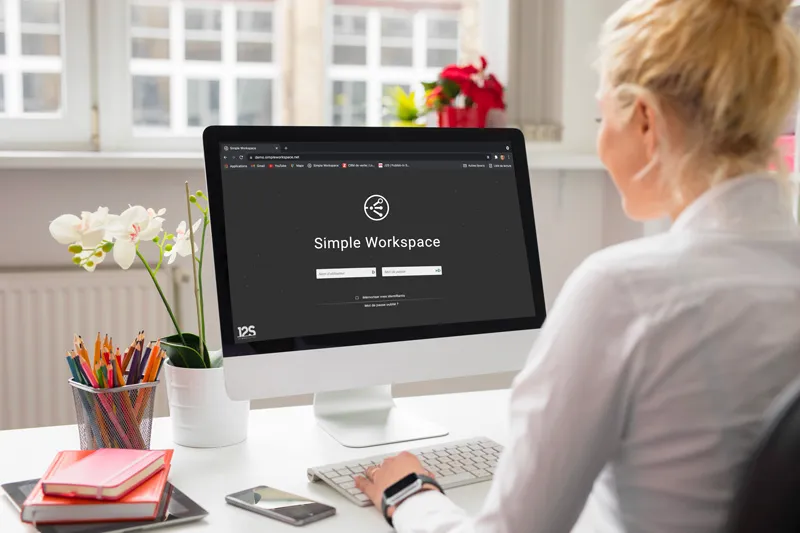The Flatplan
One of the key parts of Simple Workspace is the Simple Brief application, a flatplan created to manage the production of documents in InDesign format.
Flatplans are widely used in the publishing industry to track the progress of a magazine, for example. Although software tools provide the ability to view pages on screen, it is still common for pages to be physically displayed on the wall as they are produced.
In Simple Workspace, the flatplan has several uses:
- Production of publications: an organization centralizes all the elements needed to produce a magazine, a response to a call for tenders, a product catalog… to share them with all stakeholders (read Finishing on time );
- Translation and localization: an agency can propose a master document that will be translated by different BUs into the languages of the target countries (read
Translating – creative documents
)
; - Online proofreading: A printer or graphic studio uses it to have the pages validated by the client. (Take a look at the brilliant video made by Imprimerie Mordacq).
In all cases, Simple Brief displays the pages of the documents to the different users.
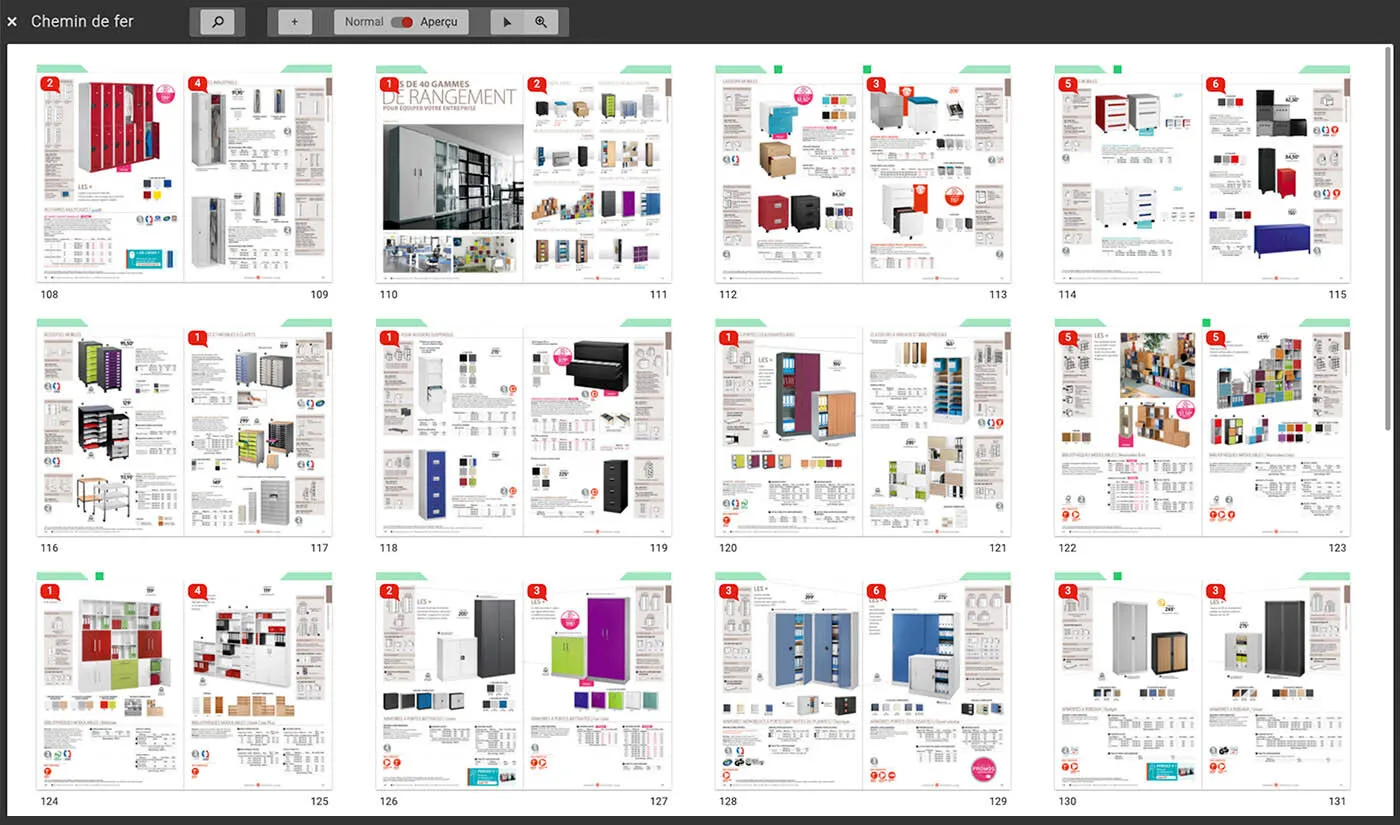
Logical view vs. physical document support
To present the document in Simple Brief’s web interface in a fluid and fast way for the user, the solution dematerializes the InDesign file: each page is assembled in InDesign and then exported by InDesign Server in PNG format before being displayed back to the browser.
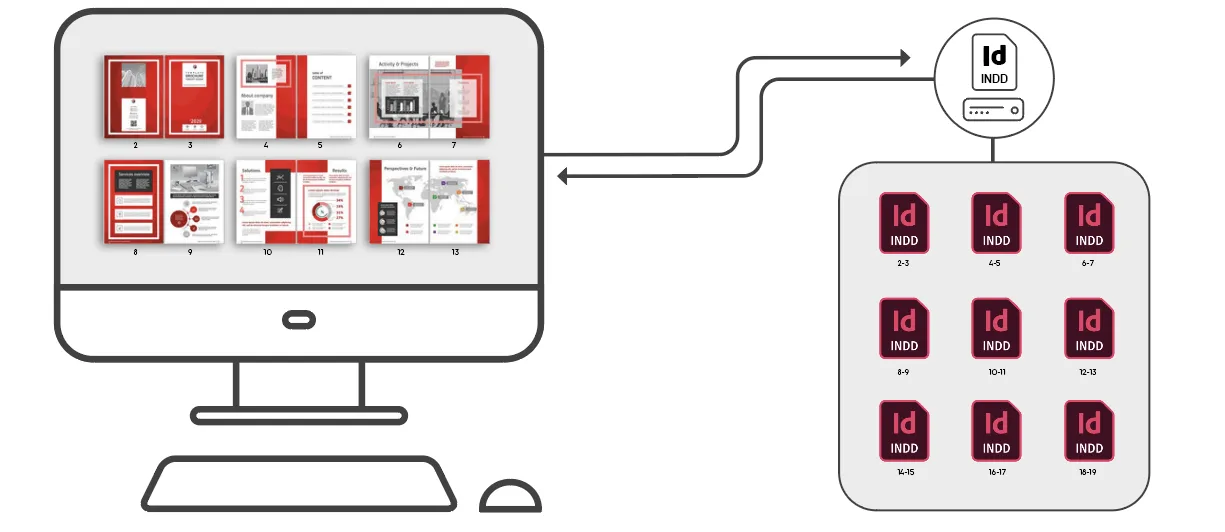
On the left: a preview of the flatplan in PNG format. On the right: InDesign Server.
It is important to note that what the user sees in the interface is a faithful reflection of the actual InDesign document.
As you can see, the page is the basic working unit.
This working method provides a lot of flexibility:
- First of all, this splitting allows you to manage high paginations with high performance 1;
- If you have the right to do so, you can move page 3 to page 15 by simply clicking and dragging;
- It is possible to work on a single page, a double-page ( board ), or even a continuous or discontinuous selection of pages 2. And pages can be assigned to different users!
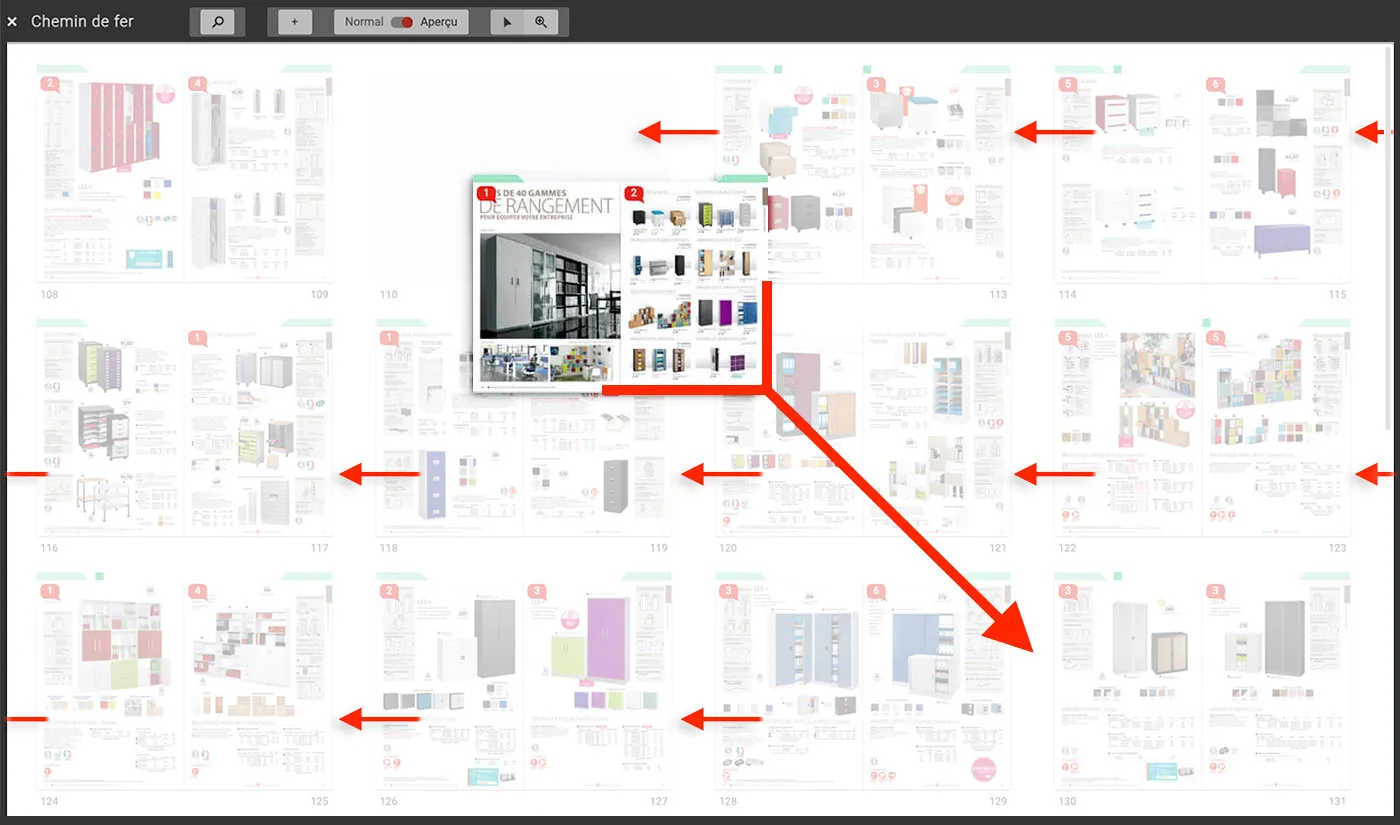
Shift of a page in the Flatplan
Another advantage is that during the document construction phase (placing data in the pages), the document pages are instantly updated when the content is modified in the database. When a designer wants to work on a page or a selection of pages (continuous or discontinuous) using InDesign, a document, called “support” at J2S, rematerializes the pages into an InDesign file that can be used on the designer’s local computer. When the user returns this support to the Flatplan, the page previews are updated for all users. From there, workflows drive the update flow to secure the work done by the studio.
If you would like to find out more about the possibilities of Simple Brief, please contact us ! We will be happy to set up a live demo with you.
Richard Loubéjac,
Co-founder of J2S

The performances are also linked to the work done on our technological bricks and in particular J2S Dispatcher which ensures the continuity of service as well as the distribution of load at the level of the instances of InDesign Server. ↩︎
You just have to be careful to select the pages that contain chained text. In case you forget, an alert is provided. ↩︎
